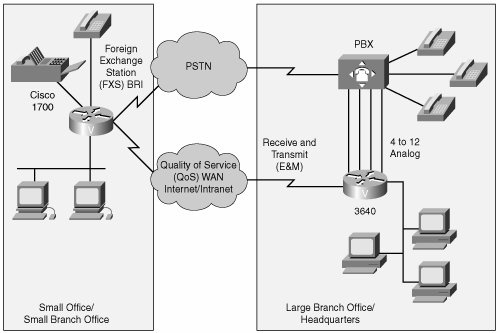Collaborative Computing
| Collaborative computing allows team members on a shared project to share resources and applications in real time, regardless of their physical location. Figure B-9 illustrates a simple VoIP internetwork that allows collaborative computing. The PSTN serves as a gateway to non-enterprise-connected participants. Figure B-9. Collaborative Computing At the heart of the collaborative computing solution is the IP internetwork. Participants connect to each other via a private IP network or the public Internet. Servers and applications are deployed across the network, including the client software on the participant desktops. Collaborative computing applications include the following:
The goals of collaborative computing include:
|
EAN: 2147483647
Pages: 111